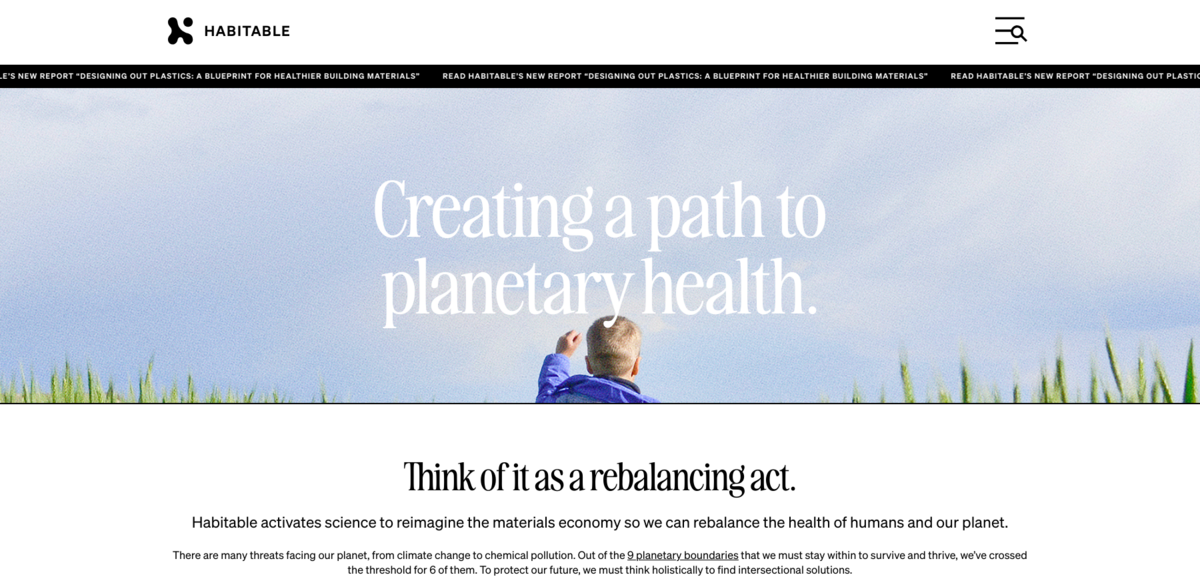What Is the “Designing Out Plastics” Report?
“Designing Out Plastics: A Blueprint for Healthier Building Materials” is a fresh report from Habitable that dives deep into the massive use of plastic in building materials today. From flooring and siding to insulation and even paint, plastics are everywhere in construction. But here’s the catch: these plastics aren’t just convenient—they come with serious health risks, ramp up fire toxicity, and keep us hooked on fossil fuels. The report doesn’t just sound the alarm though; it also shines a light on leaders who are already switching to healthier alternatives that exist right now. Curious about how to design out plastics? This report’s got the solutions.
Main Benefits and Eye-Opening Facts
Here’s a quick snapshot of some key figures and facts that really highlight why this report matters:
- Plastics harm human and environmental health at every stage—from extraction to production and disposal.
- Almost all plastics come from fossil fuels, and the chemicals involved are linked to cancer, reproductive harm, developmental issues, and more.
- Microplastics released from these materials contaminate both the environment and our bodies.
- The building sector accounts for 17% of global plastic production—second only to packaging.
- Plastic use in construction is expected to nearly double by 2050, making the problem even bigger.
- The plastics industry is on track to produce more plastic in the next 25 years than in all of history combined.
- The building sector uses 70% of all PVC (vinyl) and 30% of all polystyrene globally—two of the most hazardous plastics.
- Plastic building materials make buildings less fire resistant, burning faster and hotter while releasing more toxic chemicals.
The Hidden Dangers of Plastics in Building Materials
It’s not just about the sheer volume of plastics used in construction. The real danger lies in the health and environmental risks tied to these materials. Plastics in buildings don’t just stick around harmlessly—they release toxic chemicals during production and disposal. Plus, they contribute to microplastic pollution, which is now found everywhere, from oceans to our own bodies. And when it comes to fire safety, plastic materials are a nightmare. They burn hotter and faster, releasing deadly toxins that put lives and ecosystems at risk, especially as wildfires become more intense with climate change.
Why the Building Sector Is a Key Player
The building and construction industry is a major driver of plastic use worldwide. It’s responsible for nearly a fifth of all plastic production, and this number is climbing fast. This sector’s reliance on plastics isn’t just about convenience—it’s a systemic issue that’s fueling environmental degradation and health problems. The report points out that plastics in construction are on track to nearly double by 2050. That means more pollution, more toxic exposure, and more waste piling up. It’s a wake-up call for everyone involved in building—from designers to policymakers—to rethink materials and practices.
Healthier Alternatives Are Within Reach
Good news: healthier options aren’t just a pipe dream. Habitable’s report highlights that there are already no- or low-plastic alternatives available for many building products. These alternatives can significantly cut down the reliance on harmful plastics. The report introduces Informed™ product guidance, a tool designed to help developers, designers, builders, homeowners, and policymakers find and choose these healthier materials. It’s about making smarter choices that protect health and the planet without sacrificing quality or durability.
Project Impact on Sustainable Development Goals (SDGs)
- SDG 3: Good Health and Well-being – by reducing exposure to harmful chemicals in plastics.
- SDG 11: Sustainable Cities and Communities – through promoting healthier building materials.
- SDG 12: Responsible Consumption and Production – by encouraging material reuse and critical evaluation of recycling claims.
- SDG 13: Climate Action – by cutting reliance on fossil fuel-based plastics and reducing fire risks.
- SDG 15: Life on Land – by minimizing environmental contamination from plastics and microplastics.
Recommendations for Moving Forward
The report doesn’t just highlight problems—it offers clear, actionable steps to tackle them. First, minimize new material use and reuse existing products whenever possible. Next, when new products are necessary, choose healthier materials that don’t compromise health or the environment. It’s also important to pick long-lived, timeless materials that stay in place for their full service life—no quick fixes here. Lastly, be skeptical of recycling claims. Recycling often just prolongs the plastic’s harmful life cycle instead of truly reducing its impact. These recommendations are a roadmap for anyone wanting to build better, safer, and more sustainably.





















